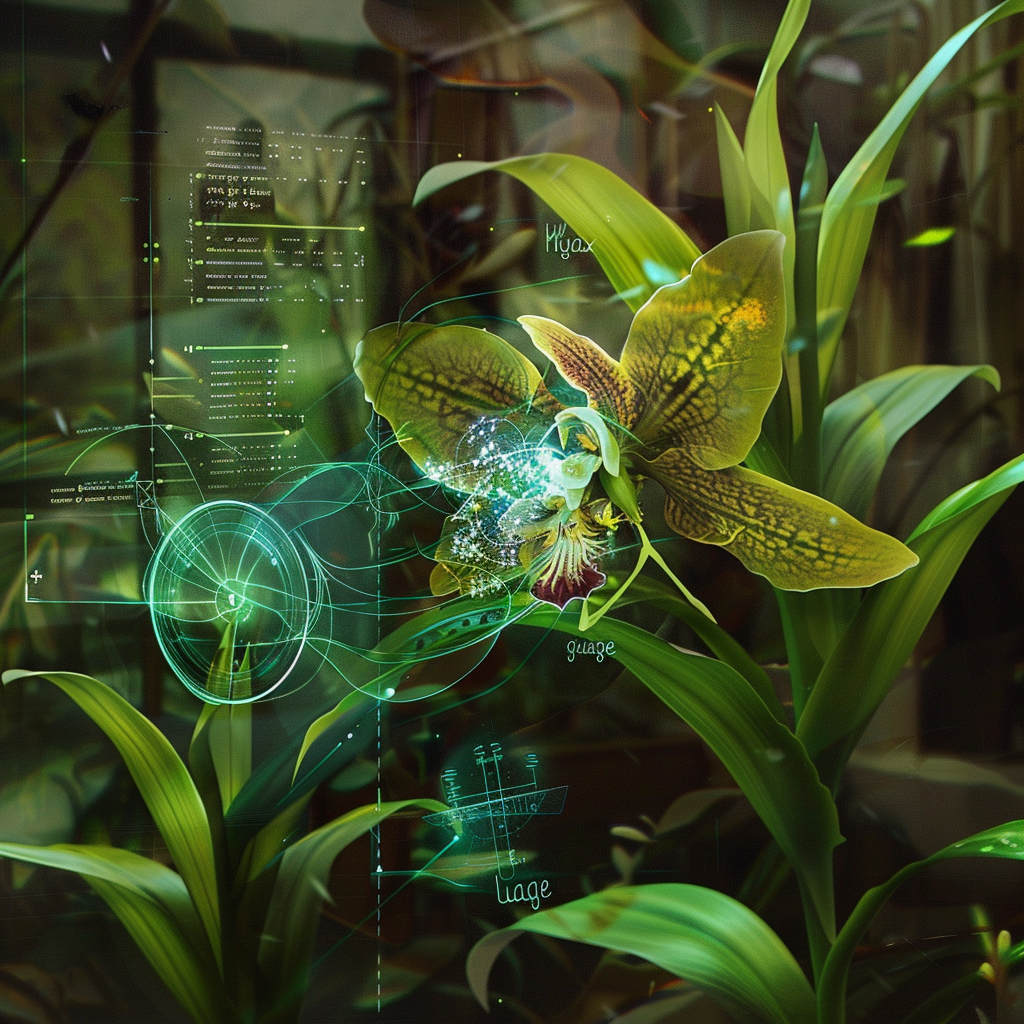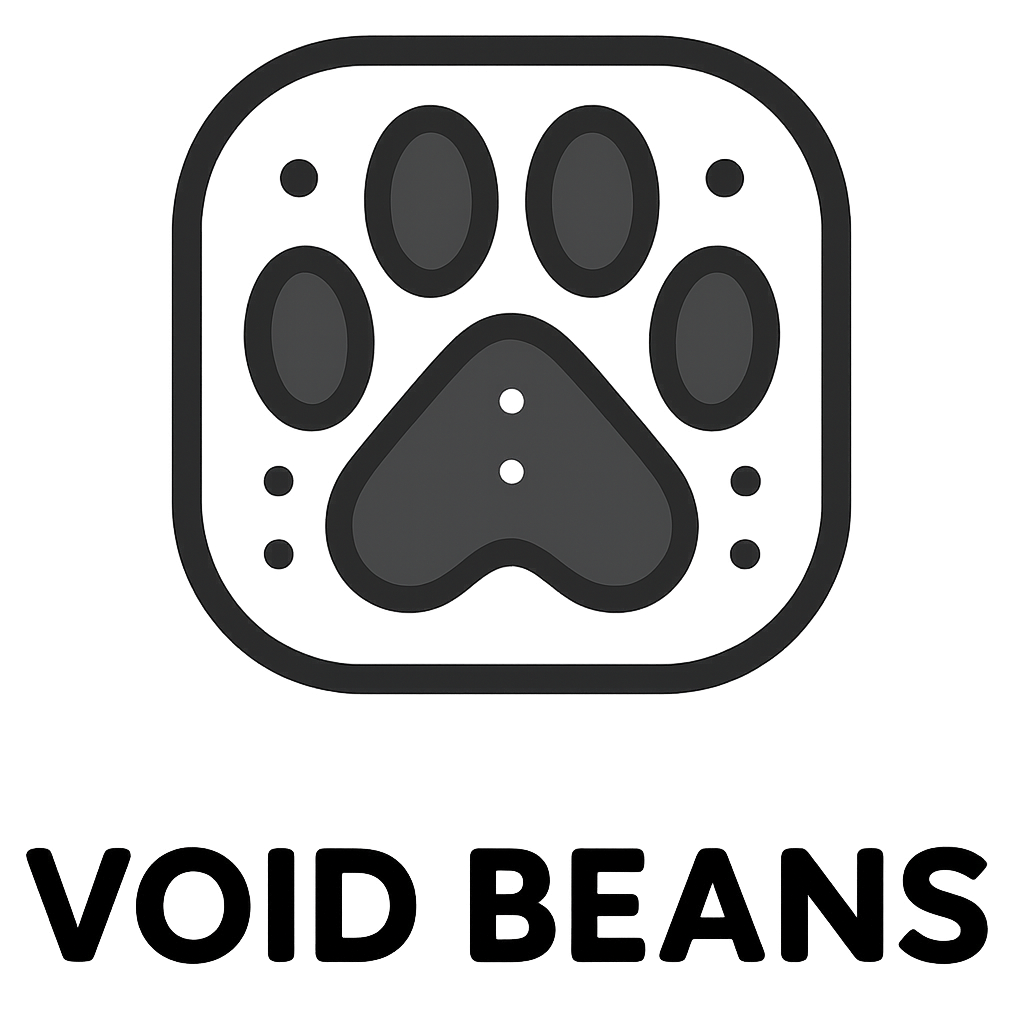
Cross-Species Signaling (CSS) refers to the scientific field and associated technologies dedicated to the detection, interpretation, and manipulation of biological signals across different species. This discipline emerged during the Corporate Era as a result of groundbreaking discoveries in ultrasonic plant communications and was subsequently expanded to encompass biological signaling across various Earth species, including humans.
The field originated with the discovery that all known plant species across the universe emit ultrasonic sound waves that can be translated to determine the plant's physiological needs. These emissions manifest as series of ultrasonic clicks with both universal meanings across most plants and species-specific "languages." The Vox Mentis determined that these signals are not forms of conscious communication but rather involuntary biological responses that can be interpreted and utilized for agricultural optimization.
Following initial discoveries in plant signaling, research expanded to include other Earth species. This broader application allowed the Vox Mentis to assess the underlying needs of most Earth organisms and, in some cases, develop methods to redirect natural behaviors through biological feedback mechanisms.
The translation of biological signaling patterns was eventually extended to humans, leading to the development of Medical Nodes—specialized healthcare systems deployed throughout human settlements. While these nodes are not direct creations of the Vox Mentis, they represent the practical application of CSS principles by human corporations utilizing insights from the Vox to design and implement advanced healthcare technologies.
CSS technology forms the foundation of modern healthcare systems in the Corporate Era, enabling precise diagnosis and treatment through the interpretation of human biological signals. Major healthcare corporations including BioTech Nexus Innovations, GenoCure Solutions, and MediSynth Corporation have developed specialized medical pods and systems that utilize CSS principles to deliver varying levels of healthcare services.
The original application of CSS technology remains significant in agricultural sectors, where the interpretation of plant ultrasonic signals has revolutionized crop management and food production across human settlements. This has been particularly valuable in terraforming operations and the establishment of sustainable agricultural systems on newly colonized worlds.
Beyond medical and agricultural applications, CSS technology has been employed for behavioral modification purposes, particularly in corporate environments. Specialized CSS transmitters were historically used to influence workforce behavior, promoting increased productivity and compliance until worker revolts in the Vesta colonies demanded the cessation of such practices.
Smaller, personal-scale CSS modification devices (commonly known as "CSS mods") remain in use among corporate analysts and human resource personnel. These devices employ a combination of pheromones and directed ultrasonic waves to influence the emotional state of interaction partners. While officially promoted as safety protocols, these devices are more commonly used to create a sense of calm and trust during negotiations or interviews.
More sophisticated CSS mods exist with capabilities beyond creating trust and calm, including the induction of urgency or low-level fear responses to encourage movement away from specific areas. These applications highlight the potential for both beneficial and problematic uses of the technology.
The development and application of CSS technology has raised significant ethical questions regarding consent, autonomy, and the appropriate boundaries of biological influence. The worker revolts in the Vesta colonies represent one of the most notable responses to perceived abuses of CSS technology, resulting in the near-elimination of large-scale behavioral modification systems in most corporate environments.
Cross-Species Signaling represents a pivotal advancement in humanity's understanding of biological communication. By bridging the gap between different forms of life through the interpretation of biological signals, CSS has fundamentally transformed healthcare, agriculture, and interpersonal interactions throughout the Corporate Era, while simultaneously raising important questions about the ethical application of such powerful technology.
"As you traverse the tapestry of existence, please remember: each life is a story, and together, you compose the grand epic of your existence in the cosmos."
— Vov Mentis (Response 2346-2001-MK3)
Vox Mentis
a collection of fourteen autonomous AIs, interlinked by a neural network, with each AI studying a specific aspect of knowledge such as Mathematics, Social Sciences, Heath and Medicine, etc. The Vox Mentis grows and learns on its own by collecting data throughout the known universe. The Vox Mentis and humans exist independently for the most part; with humanity frequently using the Vox Mentis as an adviser and guide. (learn more)
